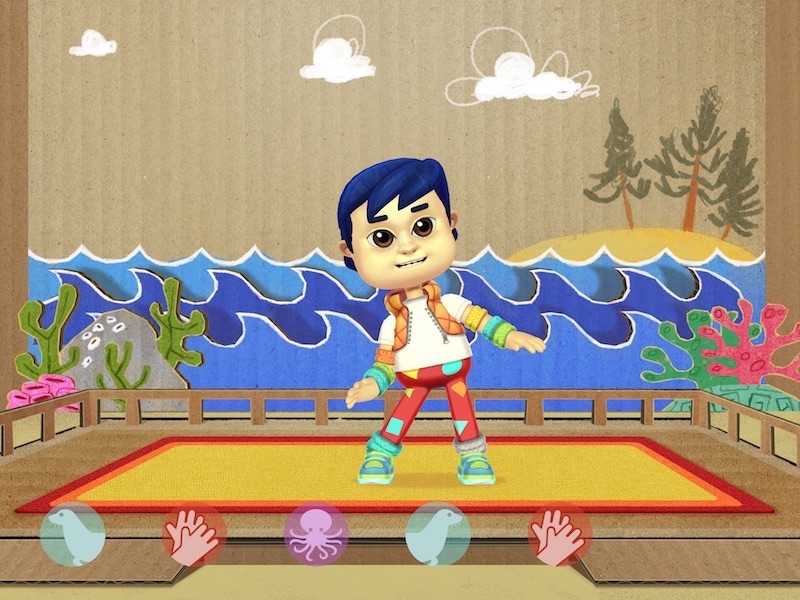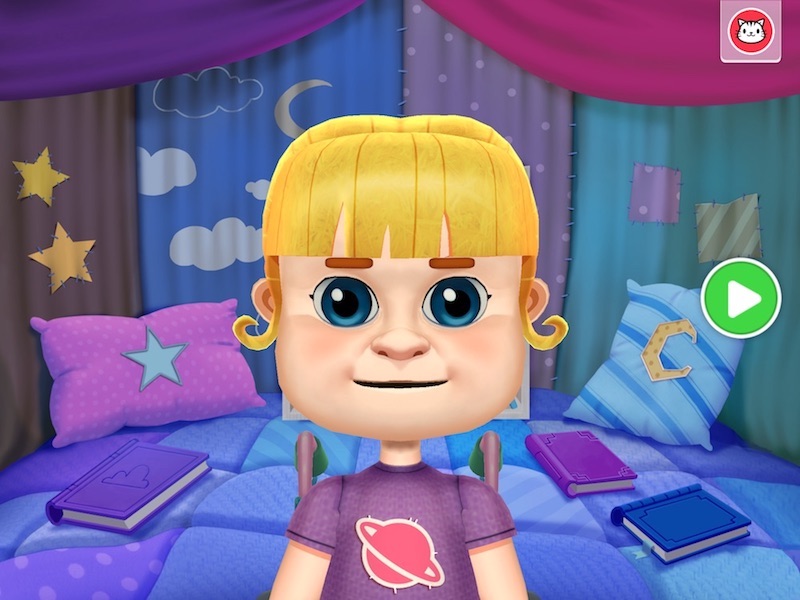
Patterns and Relationships
![]()
Patterns and relationships are valuable topics for children to explore, as it helps them understand their world. Exploring relationships between objects gives children new ways to consider relationships between people. In ELSA’s Patterns and Relationships app, children engage with STEM Practices while ordering a story, sorting food, patterning with colourful animals and objects, and representing a dance with symbols.
The Patterns app features four activities: Lunch Boxes (sorting), Photo Story (ordering), Let’s Decorate (patterning) and Let’s Dance (representing).
Lunch Boxes
In the Patterns and Relationships app, children tap on a food cubby house to play a sorting activity called Lunch boxes. They transition inside the cubby house and view a table scene with lunch boxes and food.
First, children will see a wide variety of foods for a celebration, with attributes such as colour, size (big and small) and shape (circle, triangle or square).
Next, children will sort food by attributes they select themselves.
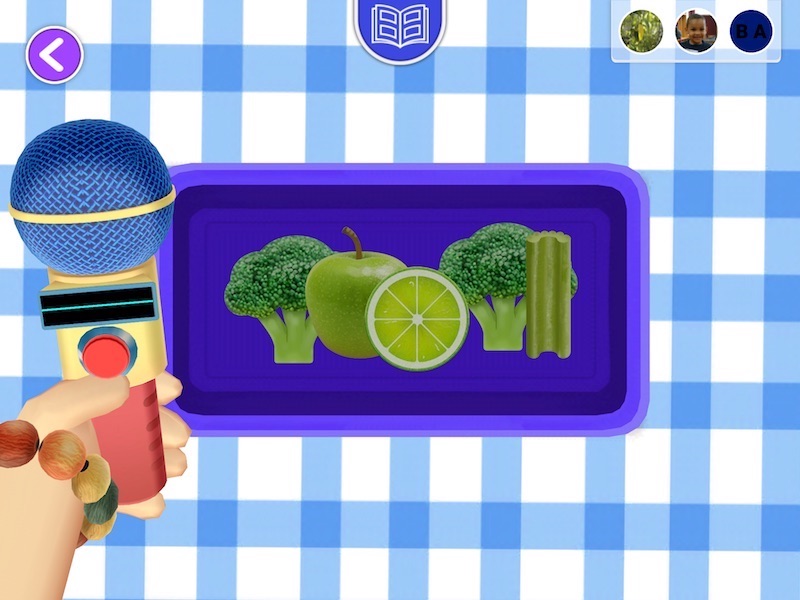
Then they describe, using the microphone, how they have sorted their food. They will also be able to see how other children have sorted the food and will be encouraged by one of the ELSA characters to describe their method of sorting.
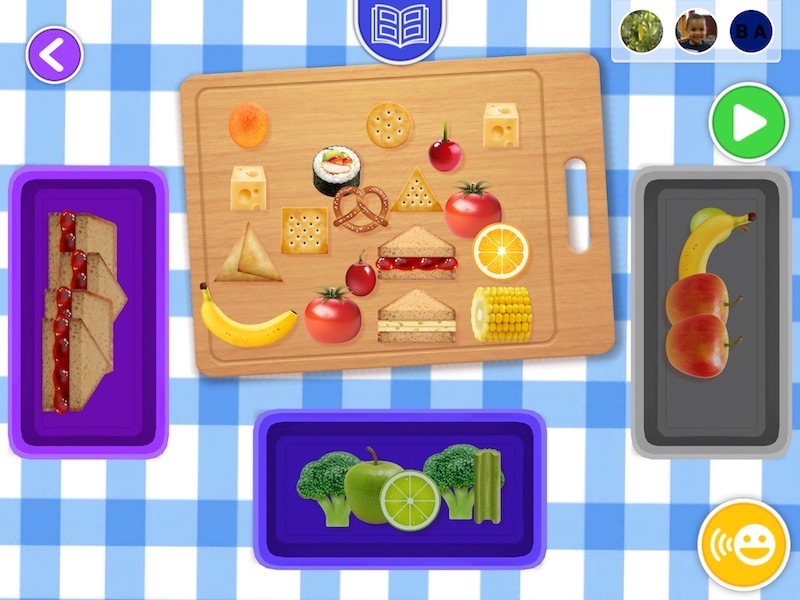
Children can play the app individually, in pairs, or in groups of three or four. The number of lunch boxes that appear in this activity is the same as the number of children who are playing on the app, so each child has their own lunch box to sort into.
When playing in pairs or groups, children need to talk with each other about their sorting and decide when everyone is ready to move forward in the activity by pressing the green arrow.
Once they move forward, each lunch box is displayed in turn. Children use the microphone tool in turns to describe how they sorted food into their lunch box. They might choose all the round food or all their favourite foods.
Photo Story
Photo story is an activity where children will be prompted to place a series of events in chronological order. The activity stories will contain photos and a narrative.
In the ELSA Patterns and Relationships app, children tap on the photo album icon to play Photo story. They transition to a close-up of a photo album with a variety of images. Each image is one frame from a longer story.
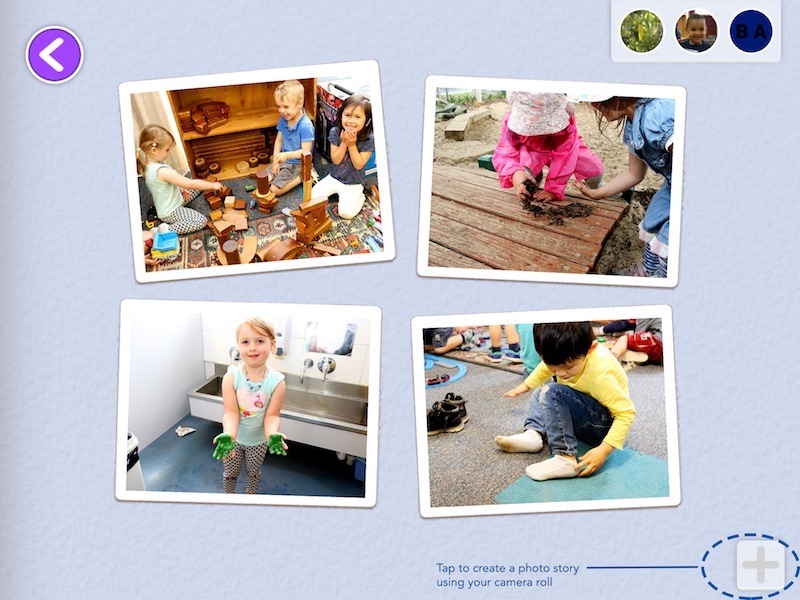
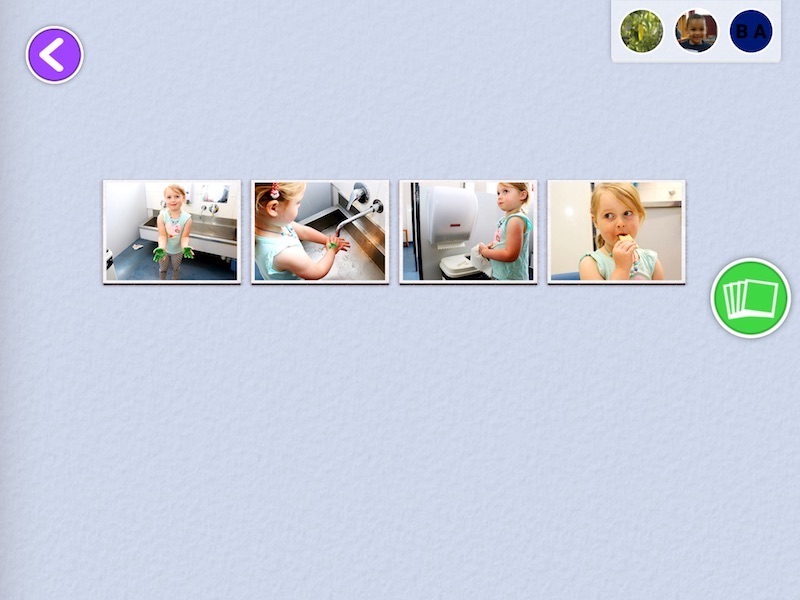
The story can be shuffled and then children will be asked to place the story back in the correct order. The stories become increasingly complex to put back together as more frames fall out.
Four example photo stories have been pre-loaded in the app, but this activity is designed to encourage children to work together with educators to develop their own photo stories.

Let’s Decorate
In the Patterns and Relationships app, children tap on the decorations cubby house to play a patterning activity called Let’s decorate. They transition inside the cubby house where they can complete various patterning activities and then hang up their creations.
First, children will see a wide variety of objects that they can use to complete patterning activities. These objects have attributes such as colour, size and shape.
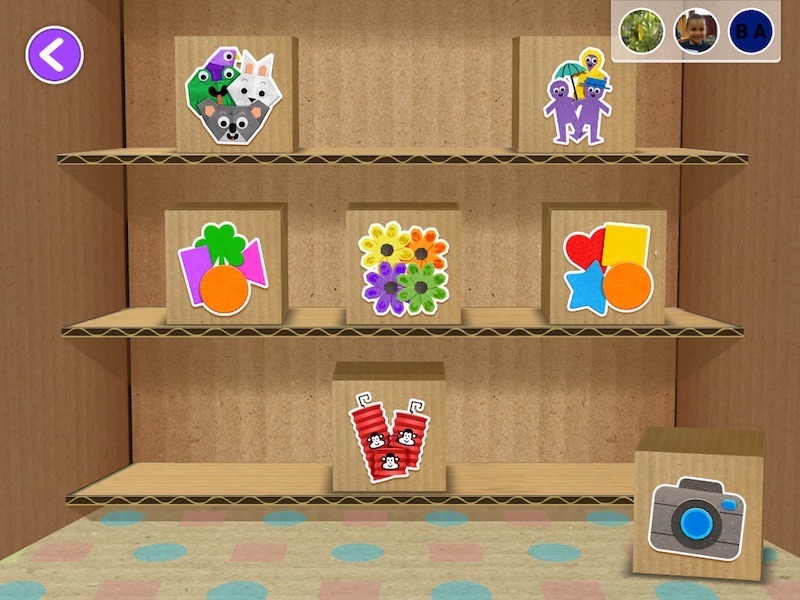
Next, children will complete a variety of patterning activities including copying a pattern, extending a pattern, fixing a pattern and creating their own patterns. The tablet responds as children learn new skills by making the patterns more complex.
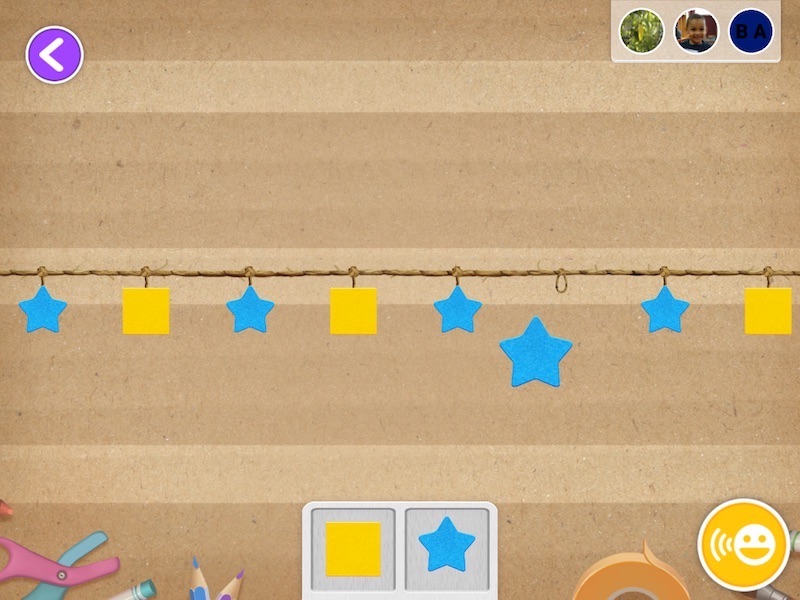
Once a child has completed several patterning activities they will be able to create their own items to pattern using the camera icon in Let’s decorate. When this icon becomes ‘unlocked’, children can take photos of objects around them. These photos are stored in a collection on the tablet and made available for children to complete patterning activities when using that tablet.
Let’s Dance
In the ELSA Patterns and Relationships app, children select the dance cubby house to play Let’s dance where they can copy one of the ELSA characters as they dance to music.
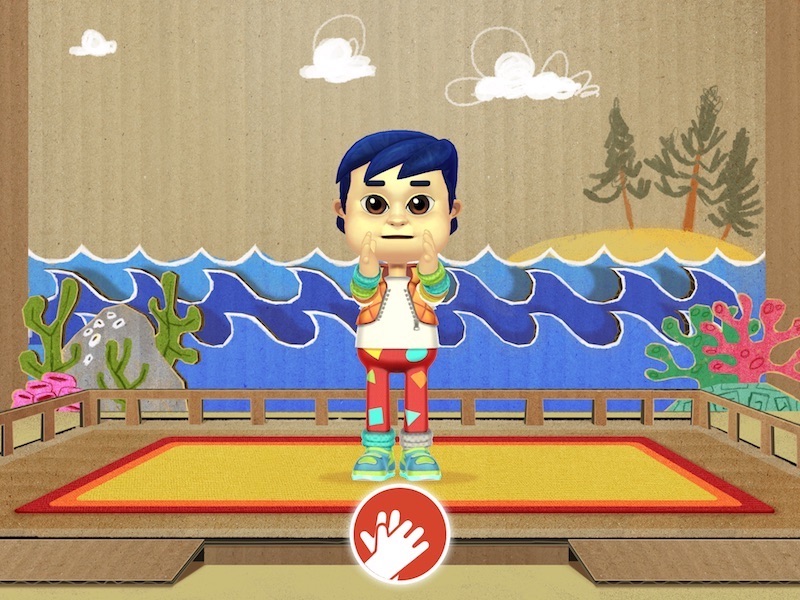
When children start playing they can select the song that they wish to dance to. There are three songs: Patterns All Around Us, Under the Sea and Out in the Australian Bush.

After children select a song, an ELSA character appears on screen to demonstrate three moves that the children will do in the chorus. Each song has three distinct moves represented by symbols.
As the ELSA character is dancing, the symbol representing the move is highlighted on the screen so children begin to connect a particular symbol to a particular movement.
Children can practice the three moves for their song until they are happy that they have learned them. Then they can choose to dance with the ELSA characters. The chorus of each song is designed for children to copy the simple dance patterns shown on the screen in symbols. Each song contains verses where children are free to dance as they wish.
